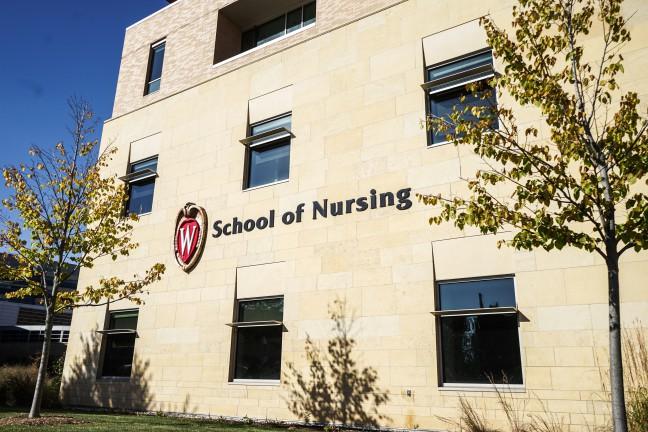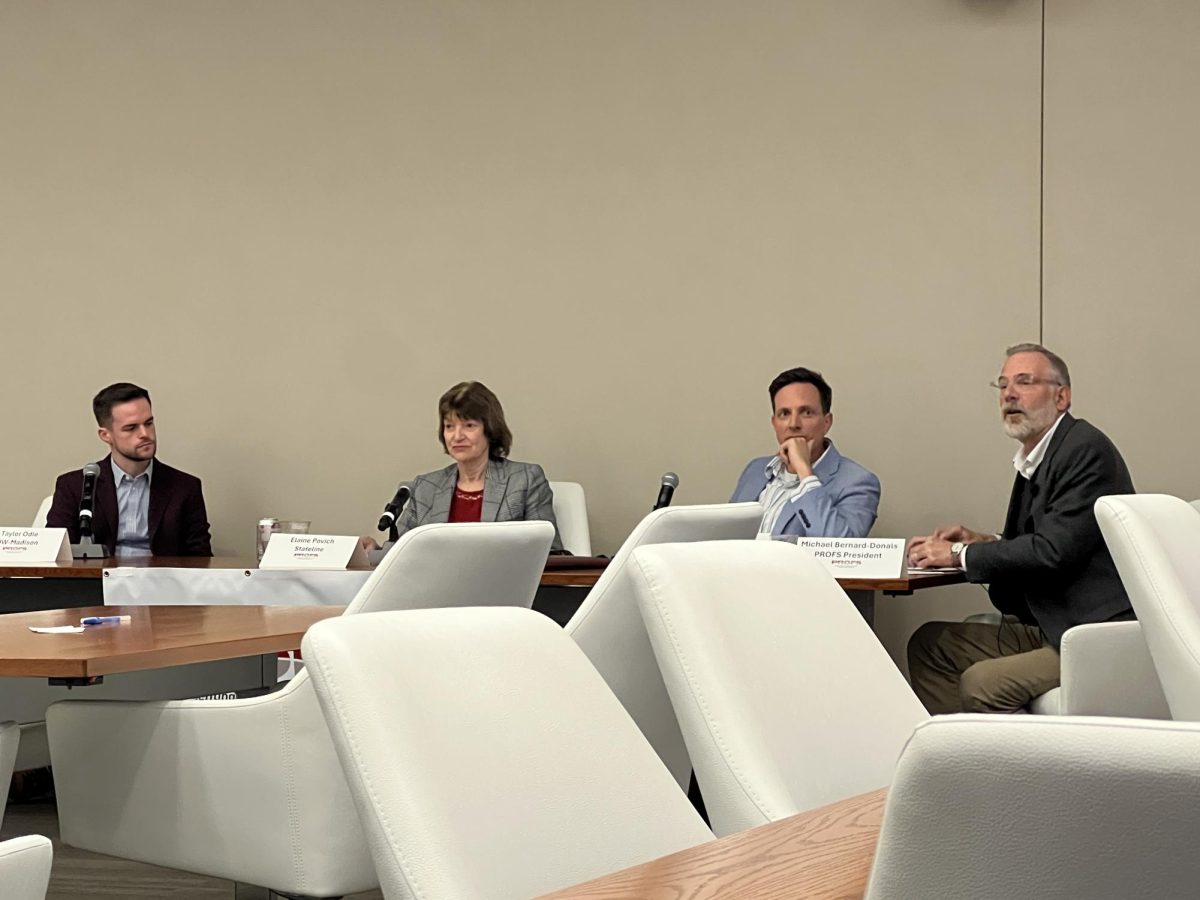As more Wisconsin health care professionals retire, University of Wisconsin looks to create programs that will drive up health care enrollment and alleviate shortages around the state.
Wisconsin Hospital Association’s 2016 Health Care Workforce report showed a shortage in several different health care fields — primarily because of increasing retirement rates. Elizabeth Petty, senior associate dean for academic affairs at UW School of Medicine and Public Health, said the report reflects a growing, nationwide problem. UW is looking to step in with preparatory programs encouraging students to fill the gaps, Petty said.
“We’re kind of creating pipelines in educational programs that help our students gain the expertise to work in some of the areas where we have the highest unmet needs,” Petty said.
According to the report, physician assistants are the highest in demand with a 10.8 percent vacancy, followed by certified nursing assistants with a 10.1 percent vacancy. Dietitians and nutritionists are at a 5.9 percent vacancy and pharmacists are at 3.1 percent, and Petty said mental health care also faces a shortage.
While Wisconsin’s rural regions have faced a shortage for a long time, increasing retirement rates are affecting all other regions as well. This is a particularly prominent trend among nurses and nursing assistants, UW School of Nursing spokesperson Sue Gaard said.
To combat the shortage of nurses, the School of Nursing will launch an accelerated degree program in 2018. The program looks to shorten the path to practice for nursing students who already have a degree in a different subject. It will initially admit 32 students a year but will increase enrollment as the program grows, Gaard said.
Gaard said the School of Nursing is also trying to train nurses using a preceptor model instead of its normal faculty-supervised model. The preceptor model will allow nurses to practice in a medical setting and teach, closing gaps in shortages of both nurse educators and general staff.
UW School of Nursing and UW Health signed a historic partnership agreement in October 2016 in which both agreed to work together to advance nurse education and research and improve health outcomes, Gaard said. UW also partnered with other school systems of nursing in the Nurses for Wisconsin initiative in an effort to retain nursing faculty in the state, Gaard said.
Petty said the state economy plays a key role in the shortage as well. As Wisconsin’s economy improves, nurses who previously stayed in their jobs now have the financial means to retire or shorten work hours. This means people are retiring faster than they can be replaced.
UW System aims to connect state universities to Wisconsin businesses
One way to counteract the state economy’s effect would be to increase state support for the kind of education training programs that UW offers, Petty said. This includes making medical school more affordable to students from disadvantaged backgrounds. Other resources that can be used to provide scholarships and other financial incentives can also come from the state, she said.
Petty said it is critical to continue investing in more residency programs and creating partnerships that will build long-lasting educational pipelines for students looking to join health care. She said having a mix of age groups working in the field will also be crucial to counteract the effects of increasing retirement rates.
“It is important to figure out how a variety of health care providers can work together to build health care teams that would deliver the services that are really needed,” Petty said.



















